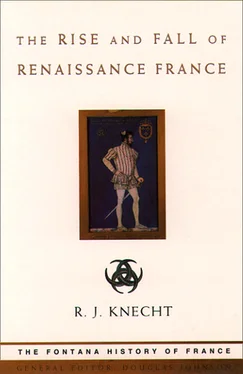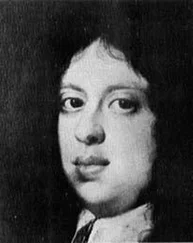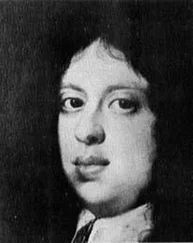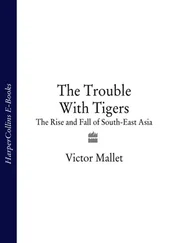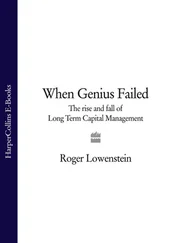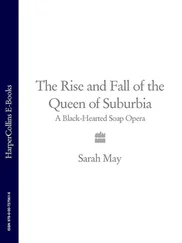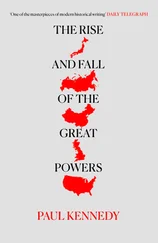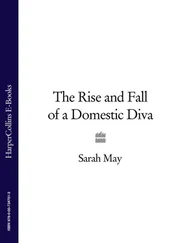During the past half-century French historians have been more interested in looking at French society and mentalités than at political events. Two great pioneering works by E. Le Roy Ladurie ( Les Paysans de Languedoc ) and Jean Jacquart ( La Crise rurale en Ile-de-France, 1550–1670 ) have revolutionized knowledge of the countryside and its inhabitants who made up the bulk of the population. We know far more now about the economic difficulties they had to face and also about the impact on their lives of natural disasters and war. The towns too have received much attention lately. Their social structure has been examined as well as their administrative, economic and religious role. Demographic historians have considered the reasons for the growth of towns during the century. Notarial registers have yielded information about humble Frenchmen who, one might have assumed, had vanished without trace. Scholars now know that the Parisian League, which was once identified with the rabble, was far from proletarian. Another major source of interest has been the nobility. The old notion of a complete economic collapse of the class under the mounting pressure of inflation has been exploded, while the importance of clientage as a bond between great and lesser nobles has been stressed. So has the importance of provincial governors in either buttressing the crown’s authority or undermining it. The careers and fortunes of several individual noblemen have recently been the subject of detailed studies. Another welcome development of recent years has been the use which art historians have made of history. No longer are they content to judge style without reference to the historical context. Patronage and iconography are now seen as crucially important to the study of Renaissance art. A royal château was designed for use, not merely as decoration.
In the course of writing this history I have incurred debts to many scholars. Among them are Bernard Barbiche, Joseph Bergin, Richard Bonney, Monique Chatenet, Denis Crouzet, Robert Descimon, Mark Greengrass, Philippe Hamon, Jean Jacquart, Anne-Marie Lecoq, Nicole Lemaitre, David Nicholls, David Parker, David Parrott, David Potter, and Penny Roberts. John Bourne and W. Scott Lucas have guided me through the mysterious world of the computer. My copy-editor, Betty Palmer, has been a model of efficiency and tact. They all have my warmest thanks, as does my old friend and colleague Douglas Johnson, who kindly invited me to contribute to this series and for his helpful advice as general editor. I am also deeply grateful to Philip Gwyn Jones of HarperCollins for his patience and generosity. My biggest debt, as always, is to my wife, Maureen, without whose tolerance this book could never have been written.
The names of French kings are given in French before their accession and in English thereafter: e.g. François d’Angoulême becomes Francis I, Henri duc d’Orléans becomes Henry II and Henri de Navarre becomes Henry IV.
BIRMINGHAM, February 1996
At the beginning of the sixteenth century France was still only partially developed as a nation. She still lacked well-defined borders, a common language and a unified legal system. The eastern frontier, in so far as it existed at all, followed roughly the rivers Scheldt, Meuse, Saône and Rhône from the North Sea to the Mediterranean. People living west of this line were vassals of the French king; those to the east owed allegiance to the Holy Roman Emperor. French suzerainty over Artois and Flanders was purely nominal, effective control of these areas having passed to the house of Burgundy. Further east, the frontier cut across the duchy of Bar whose ruler, the duke of Lorraine, did homage for half the territory to the king of France and for the other half to the emperor. In the south, Dauphiné and Provence, being east of the Rhône, were still not regarded as integral parts of the French kingdom: the king was obeyed as ‘Dauphin’ in the one, and as count in the other. The south-west border more or less followed the Pyrenees, avoiding Roussillon, which belonged to the kingdom of Aragon, and the small kingdom of Navarre, ruled by the house of Albret. Within France, there were three foreign enclaves: Calais belonged to England, the Comtat-Venaissin to the Holy See and the principality of Orange to the house of Chalon. Some great fiefs also survived, including the duchies of Brittany and Bourbon.
France also lacked a common language. Modern French is descended from langue d’oïl , a dialect spoken in northern France during the medieval period; in the south, langue d’oc or occitan was used. The linguistic frontier ran from the Bec d’Ambès in the west to the col du Lautaret in the east, passing through Limoges, the Cantal and Annonay. South of this line, even educated people used the local idiom or Latin; langue d’oïl was spoken by feudal magnates when addressing the king. After 1450, as the French crown asserted its authority following the expulsion of the English, langue d’oïl began to make deep inroads in the south-west. The parlements of Toulouse, Bordeaux and Aix used it, and noblemen from the south who took up offices at court adopted it. They continued to speak it when they returned home, passing the habit to their servants. By 1500 the southward expansion of langue d’oïl was gathering pace, at least among the upper classes, but the linguistic unity of France still lay far in the future. Nor was the divide simply between north and south. Within each linguistic half there were whole families of provincial patois, not to mention such peripheral languages as Breton, Basque or Flemish.
The law was another area lacking national unity. Each province, each pays and often each locality had its own set of customs. Broadly speaking, Roman law prevailed in the south while customary law existed in the north, but patches of customary law existed in the south, while Roman law penetrated the north to a limited extent. For a long time customs were fixed only by practice, which made for flexibility but also uncertainty; so from the twelfth century onwards charters were drawn up listing the customs of individual lordships or towns. The first serious attempt to codify customs was made by Charles VII, but no real progress was made till Charles VIII set up a commission in 1495. It was under Louis XII, however, that codification really got under way.
The surface area of France in 1500 was far smaller than it is today: 459,000 square kilometres as against 550,986. Yet it must have seemed enormous to people living at the time, given the slowness of their communications. The speed of road travel may be assessed by consulting the guidebook published by Charles Estienne in 1553. One could cover 15 or 16 leagues in a day where the terrain was flat, 14 where it rose gently and only 11 to 13 where it rose steeply. Thus it took normally two days to travel from Paris to Amiens, six from Paris to Limoges, seven and a half from Paris to Bordeaux, six to eight from Paris to Lyon and ten to fourteen from Paris to Marseille.
The social and political implications of distance were far-reaching. Fernand Braudel has suggested that it made for a fragmented society in which villages, towns, pays , even provinces ‘existed in sheltered cocoons, having almost no contact with one another’. Yet the immobility of French life in the late Middle Ages should not be exaggerated. In spite of the distances involved, people were continually moving in and out of towns. ‘We would be wrong to imagine’, Bernard Chevalier has written, ‘our ancestors as immobile beings, riveted to their fields or workshops.’
By 1500, France had largely rid herself of the two great scourges of plague and war which had proved so devastating between 1340 and 1450. Outbreaks of plague did still take place, but there were no pandemics of the kind that had swept across the kingdom between 1348 and 1440. Epidemics were limited to one or two provinces at most, and destructive ones were less frequent. War had also largely receded: except for certain border areas, there was little fighting within France between the end of the Hundred Years War in 1453 and the start of the Wars of Religion in 1562. Large companies of disbanded soldiers and brigands continued to terrorize the countryside from time to time, but in general the fear and uncertainty that had discouraged agricultural enterprise before 1450 were removed. Nor was there any major grain famine between 1440 and 1520.
Читать дальше
